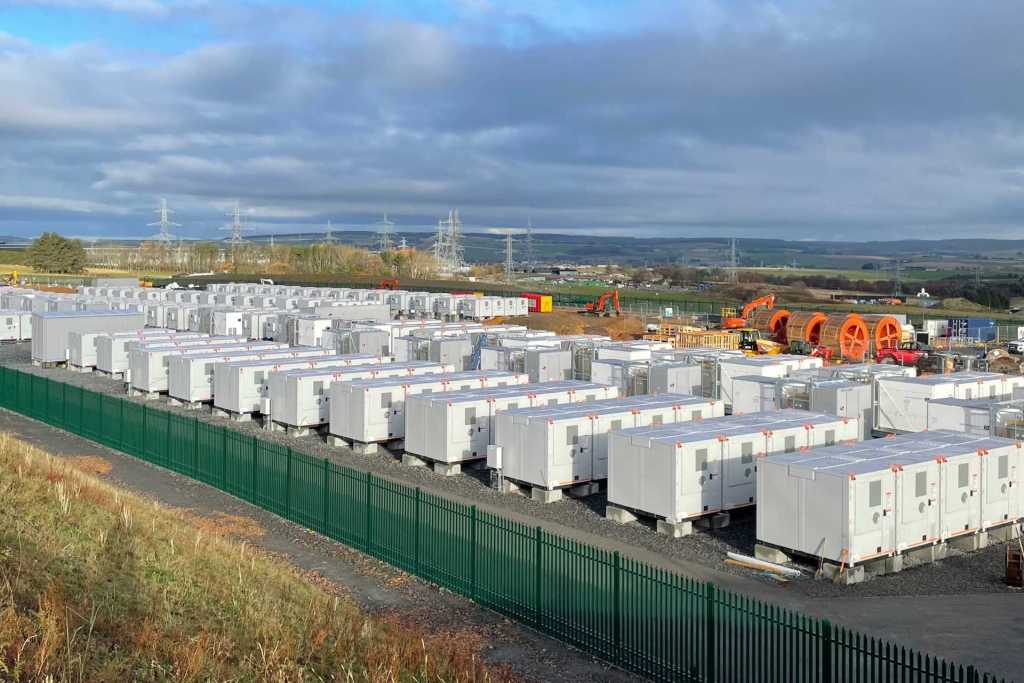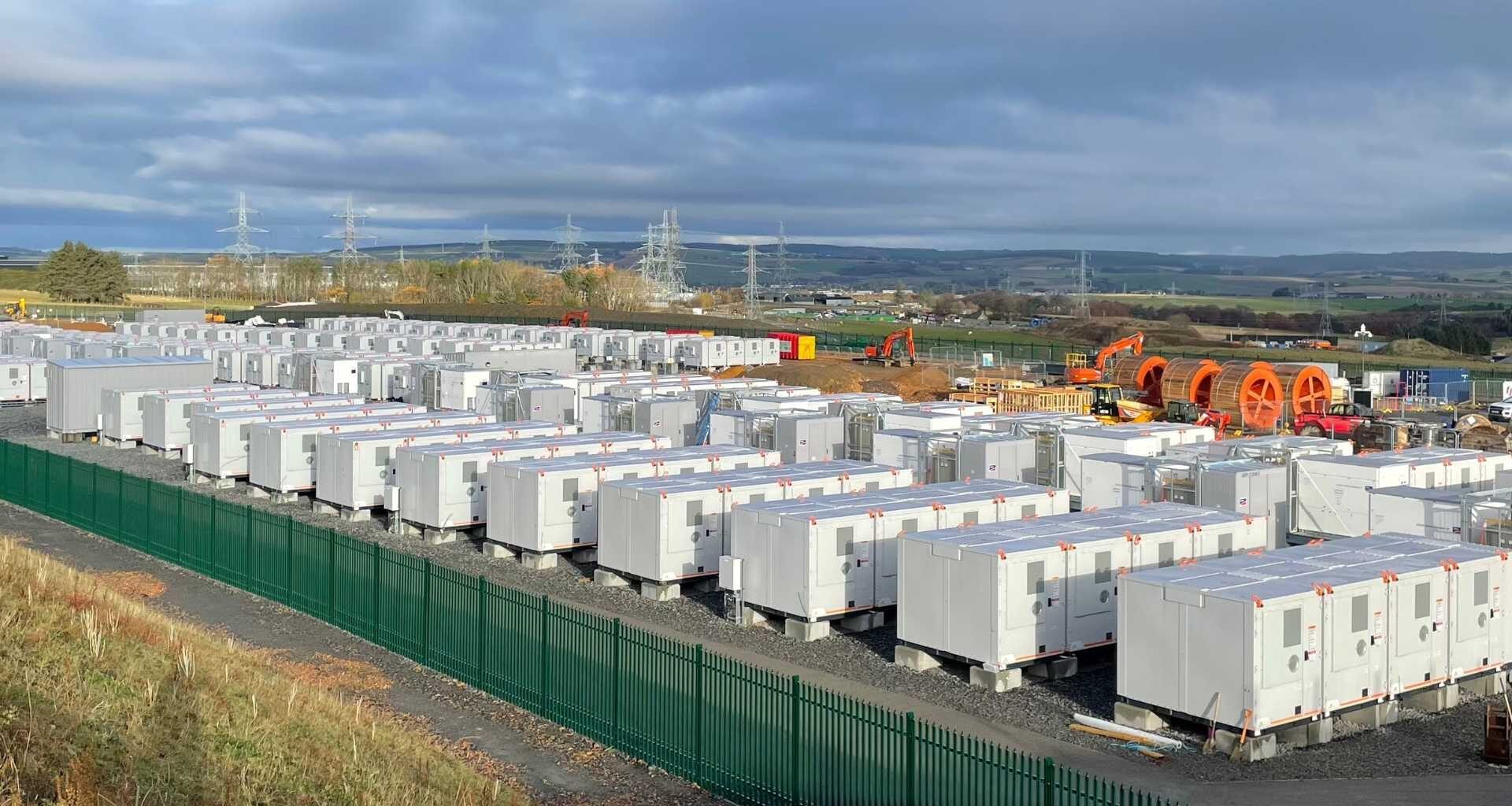
Photo credit: Rotorworx 1 / Shutterstock
Last month’s heat dome strained electric grids across the Eastern seaboard, with utilities scrambling to avoid blackouts and even the Department of Energy ordering generators to run at full tilt. In New York, electricity prices spiked during peak evening hours, pushing wholesale energy prices to $2,999 per megawatt-hour or over 50 times the typical price; in Queens, some residents experienced blackouts.
In May, Texas experienced a similarly intense heatwave. But in contrast, the state’s independent electric grid remained stable; there were no blackouts, and electricity prices stayed within a normal range.
One notable difference between the two states? Texas has built a growing fleet of large battery energy storage systems in the past few years, while New York has a more limited number. These systems can respond in real time to keep the lights on for households and businesses during peak energy demand periods.
For all their differences, the Texas and New York energy markets also have many similarities. Both regions face hotter summers, rising peak demand, and a growing need to integrate renewables without sacrificing reliability.
Battery energy storage transformed Texas’s resilience
After Winter Storm Uri left almost 70% of Texans in the dark in 2021, the state swiftly shored up its grid with battery energy storage. Capacity rose from roughly 225 megawatts in 2020 to nearly 10,000 MW by the end of 2024. Last summer, those batteries consistently delivered energy during the critical peak evening hours, keeping price spikes in check and saving consumers $750 million.
The Federal Energy Regulatory Commission’s Summer Energy Market and Electric Reliability Assessment shows Texas is the only region expected to see a decline in average summer wholesale prices for 2025, driven mainly by added solar and battery capacity.
Even when unexpected outages have sidelined thermal plants in Texas, there hasn’t been a need for emergency conservation appeals in recent years because batteries are keeping the grid and the AC systems humming. The nation’s reliability watchdog recently reported that the risk of a summer grid emergency in Texas dropped from 15% in 2024 to 3% in 2025 — and pointed to new battery energy storage as the sole reason.
New York’s moment of urgency
Unfortunately, New York does not yet have that same battery energy storage capacity, so it needs to both reduce prices and mitigate risks during these peak demand periods, which crop up particularly during heat waves.
Today, New York has under 500 MW of grid-connected battery storage, and the systems are mostly small, distributed installations. While the state has ambitious goals to bring 6,000 MW of batteries online by 2030, the next few years will be critical to ensuring not only that New York meets those goals but also — and more importantly — that the state has the grid infrastructure needed to meet its growing electricity demand.
Looking ahead, the state aims to run entirely on carbon-free electricity by 2040. Storage will be the linchpin that stabilizes the grid by shifting energy from low-demand periods to higher evening peak periods and keeping hospitals, emergency response, and transit systems operating.
Optimizing data centers with battery energy storage | August 21, 2pm ET
Discover how utility-scale battery energy storage systems (BESS) can solve data centers’ interconnection and power fluctuation challenges while accelerating speed-to-power in this new webinar from FlexGen.
Beyond the critical grid reliability benefits, this build-out represents an economic opportunity. Analysis by the New York State Energy Research and Development Authority estimates that a robust energy-storage industry could employ at least 30,000 New Yorkers by 2030, providing good-paying jobs in manufacturing, installation, and operations, while also lowering long-term electric system costs and improving public health.
While the state has signaled its commitment with its battery energy storage deployment goals, policy without projects is just good intentions. To bridge the divide, the state should do everything possible to support efforts to permit and successfully bring these critical projects online.
Battery energy storage isn’t a luxury. It’s an insurance policy against electric price volatility and an engine for economic opportunity.
In Texas, a reliable electric system underpins economic growth and everyday comfort for families. New Yorkers deserve that same promise of stability and cost certainty. Last month, the wake-up call sounded, and it’s time for New York to meet the moment.
Brian Hayes is the CEO of Key Capture Energy, an Albany-based leading independent power producer of utility-scale battery energy storage projects with 14 operating facilities, including three in New York. The opinions represented in this contributed article are solely those of the author, and do not reflect the views of Latitude Media or any of its staff.
